Doñana National Park or Parque Nacional y Natural de Doñana is a natural reserve in Andalucía, southern Spain, in the provinces of Huelva (most of its territory within the municipality of Almonte), Cádiz and Seville. It covers 543 km2 (209.65 sq mi), of which 135 km2 (52.12 sq mi) are a protected area. The park is an area of marshes, shallow streams, and sand dunes in Las Marismas, the delta where the Guadalquivir River flows into the Atlantic Ocean. It was established as a nature reserve in 1969 when the World Wildlife Fund joined with the Spanish government and purchased a section of marshes to protect it. The eco-system has been under constant threat by the draining of the marshes, the use of river water to boost agricultural production by irrigating land along the coast, water pollution by upriver mining, and the expansion of tourist facilities. It is named after Doña Ana de Silva y Mendoza, wife of the 7th Duke of Medina Sidonia.
Doñan...Read more
Doñana National Park or Parque Nacional y Natural de Doñana is a natural reserve in Andalucía, southern Spain, in the provinces of Huelva (most of its territory within the municipality of Almonte), Cádiz and Seville. It covers 543 km2 (209.65 sq mi), of which 135 km2 (52.12 sq mi) are a protected area. The park is an area of marshes, shallow streams, and sand dunes in Las Marismas, the delta where the Guadalquivir River flows into the Atlantic Ocean. It was established as a nature reserve in 1969 when the World Wildlife Fund joined with the Spanish government and purchased a section of marshes to protect it. The eco-system has been under constant threat by the draining of the marshes, the use of river water to boost agricultural production by irrigating land along the coast, water pollution by upriver mining, and the expansion of tourist facilities. It is named after Doña Ana de Silva y Mendoza, wife of the 7th Duke of Medina Sidonia.
Doñana National Park has a biodiversity that is unique in Europe, although there are some similarities to the Parc Naturel Régional de Camargue of the Camargue river delta in France, with which Doñana Park is twinned. The park features a great variety of ecosystems and shelters wildlife, including thousands of European and African migratory birds, fallow deer, Spanish red deer, wild boars, European badgers, Egyptian mongooses, and endangered species such as the Spanish imperial eagle and the Iberian lynx.
The Doñana nature reserve includes both the Doñana National Park, established in 1969, and the Natural Park, created in 1989 and expanded in 1997, creating a buffer zone of protection under the management of the regional government. The two parks, national and natural, have since been classified as a single natural landscape. Due to its strategic location between the continents of Europe and Africa and its proximity to the Strait of Gibraltar, Doñana's large expanse of salt marsh is a breeding ground as well as a transit point for thousands of European and African birds (aquatic and terrestrial), and hosts many species of migratory waterfowl during the winter, typically up to 200,000 individuals. Over 300 different species of birds may be sighted there annually. Considered the largest nature reserve in Europe, several different scientific institutions have monitoring stations within its boundaries to ensure appropriate development of adjacent lands and conservation of the threatened species that inhabit it. The area was declared a World Heritage Site by UNESCO in 1994; in 2006, the park recorded 376,287 visitors.
During the 19th and 20th centuries, a herd of feral dromedaries roamed the area. They may have been introduced during the Moorish Conquest of Spain in the 8th century, or they may have escaped from a herd introduced by the Marquess of Molina as beasts of burden in 1829. By the 1950s, there were only eight individuals left, and these were threatened by poachers.
 Banks of the River Guadalquivir in Doñana National Park (Almonte)
Banks of the River Guadalquivir in Doñana National Park (Almonte)Although the topography of Doñana is a relatively new land feature as measured on the geological time scale, remains of Neolithic tools have been found in the area. Various ancient civilizations may have had a presence there as long as 2,800 years ago, including the Phoenicians, the Phocaean Greeks and the Tartessians, but archaeological remains attesting to such have not been found.[1][2][3] In 1923, the German archaeologist Adolf Schulten, accompanied by Adolf Lammerer and George Bonsor, searched for the location of the ancient Tartessian capital in Almonte, where the Doñana dunes are, but found nothing of interest. These excavations were carried out at Cerro del Trigo[4][5] and funded by the Duke of Tarifa and Denia, then owner of Doñana.[6] Nevertheless, in 1978 Schulten found the stele of Villamanrique[7] at the nearby town of Villamanrique de la Condesa. Surveys were made in 2007 in the Hinojos salt marsh, or "Marisma de Hinojos", of Huelva province, in an effort to discover traces of the mythical city. Noteworthy finds included the remains of Roman settlements, dating from the 2nd through the 5th centuries AD, which had been primarily engaged in fishing and fish salting or the preparation of garum. The Guadalquivir Marshes (Las Marismas del Guadalquivir), an area of marshy lowlands near the left bank of the mouth of the Guadalquivir, was then a large inland lake known as the Lacus Ligustinus in Latin.[8] The lake slowly infilled with deposited sediment, gradually giving way to the current marshes.[9]
Middle Ages Alfonso X the WiseIn 1262, after conquering the vassal kingdom of Niebla, King Alfonso X established a Real Cazadero (royal hunting preserve) in the Las Rocinas forest,[10] between the Rio Tinto and the Guadalquivir, partly due to the abundance of deer there, as well as the small sanctuary of Santa Olalla, since disappeared, on the Arroyo de la Rocina.
In 1297, his son Sancho IV granted Guzmán el Bueno the Lordship of Sanlúcar, consisting of the territory located behind Arenas Gordas on the left bank of the Guadalquivir estuary, and which remained in the hands of the House of Medina-Sidonia for over six centuries. The noble house was established in 1369, when Henry II of Castile granted the fourth Lord of Sanlúcar the County of Niebla.[11] In 1493 the Catholic Monarchs donated part of the land of the present village of El Rocío to the royal secretary, whose son later sold it to the town of Almonte. Previously, new breeding stock had been introduced among the local populations of wild boar and deer, while wolf hunting was encouraged for the benefit of cattle and horse ranching.
In the region of Niebla, specifically at Las Rocinas, the land is flat, covered by thickets, and wild boars are always to be found there... ...one may not traverse this ground in the winter, which is generally very wet, except during a drought, nor in summer because it is then so dry and miserably uncomfortable. ~Alfonso XI in his Libro de la Montería (The Book of Hunting), written between 1342 and 1348
Early modernNearly a century later, Alonso Pérez de Guzmán y Sotomayor, 7th Duke of Medina Sidonia and commander of the Spanish Armada, bought back part of the land. His wife, Ana de Silva y Mendoza, daughter of the Princess of Eboli, moved to a country retreat there called "Coto de Doña Ana" (Doña Ana Game Preserve), which was the origin of the current name "Doñana";[12] the house was renovated years later as a palace. Reference to the use of Coto Donana as a hunting lodge is made in the first verses of the La Fábula de Polifemo y Galatea (Fable of Polyphemus and Galatea), which the lyric poet Luis de Góngora dedicated to the Count of Niebla, and in which he requests that the nobles suspend their hunting exploits to hear his verses. In 1624, King Philip IV stayed at the estate for several days as a guest of the 9th Duke of Medina Sidonia, and joined in some large hunts. He brought with him a great variety of comestibles, which included such luxuries as snow from the mountains for the frequent banquets he held in honor of the duke. In 1797 Francisco Goya stayed in the palace as a guest of his patrons, the 15th Duke of Medina-Sidonia and his wife, the 13th Duchess of Alba. Here Goya created his Álbum A, a collection of drawings, and apparently painted his famous portraits, La Maja Vestida ("The Clothed Maja") and La Maja Desnuda ("The Naked Maja"), rumored to portray the duchess.[12][13]
Late modern, creation of the National ParkAfter 1854, with the publishing of a discussion of the area in a treatise called "Avifauna de Doñana: Catálogo de las aves observadas en algunas provincias andaluzas" ("Avifauna of Doñana: Catalogue of the birds observed in some Andalusian provinces"), by Antonio Machado y Nunez, the public began to appreciate its ecological value for the many different species of wildlife found there. Consequently, it was visited by British naturalists and hunters including Abel Chapman and Walter J. Buck, both of whom wrote books that alerted a wider audience in Europe to the strategic importance of Doñana for migratory birds traveling to Africa. Later, when José Joaquín Álvarez de Toledo y Caro (1865-1915) became the 19th Duke of Medina Sidonia, he inherited large debts and to pay them was forced to sell off various assets, including the Coto de Doñana, which he sold for 750,000 pesetas, finally detaching it from the noble house.
When the sherry baron William Garvey bought Doñana from the Duke in 1901, the estate was abandoned and in a state of ruin. Garvey restored the palace to its former splendor, and upon his death it passed to his brother Joseph and his niece Maria Medina y Garvey, who was married to the Duke of Tarifa, a forest engineer. In 1934 it passed to the sister of the Duchess of Tarifa, Blanca Medina and Garvey, who was married to the Marquis of Borghetto. In 1942, the Marquis sold it to a company formed by Salvador Noguera, Manuel Gonzalez and the Marquis of Mérito. Fifty years later the park was consolidated as a natural area.
Conservation View of Doñana National Park from visitors' centre at El Acebuche (Almonte)[14]
View of Doñana National Park from visitors' centre at El Acebuche (Almonte)[14]The Spanish businessman Mauricio González-Gordon y Díez, Marquis of Bonanza, whose family owned a large estate in Doñana, became interested in its ecosystems and their birdlife, and invited ornithologists from all over Europe to visit. In 1952, the Spanish ornithologists José Antonio Valverde and Francisco Bernis visited the property, with González-Gordon serving as their guide. Valverde and the González-Gordon family saw that the wetlands, with their richly diverse wildlife, were threatened by the Spanish government's proposals to drain them for farming and the planting of eucalyptus trees. Mauricio, together with his father, asked Bernis to try and influence Spanish dictator Francisco Franco into abandoning the plans.[15] The trio wrote a memorandum which was presented to Franco himself by Mauricio's father Manuel.[16] By November 1953 Bernis had finished a report on the status of the Doñana which showed that the area had exceptional ecological value. The group sought and obtained international support for their goals. The efforts of González-Gordon to dissuade Franco exposed him to some danger, but the Franco government conceded and the drainage plans were aborted.[15]
Valverde led the first organised scientific expedition to the Donana in 1957, joined by the British naturalists Guy Mountfort, Roger Peterson, and Sir Julian Huxley. A group of European conservation experts – including Guy Monfort, Max Nicholson and Luc Hoffmann –then demonstrated the crucial importance of the area as a stopover for birds migrating between the European and African continents. In 1959, the Gonzalez family sold part of their land in Doñana for development of the Matalascañas resort. This alarmed European conservationists, leading various institutions and anonymous donors to offer to buy part of the property. Valverde, Hoffman, and Nicholson, in partnership with the British Nature Conservancy, formed an association that organised an international drive for funds to expand the park. The campaign raised two million Swiss Francs to buy 7,000 hectares of land for annexation to that already donated by González-Gordon.[17] Finally, in 1963 the Spanish government and WWF bought part of the territory and created the first Doñana preserve, and in 1964 they established the Doñana Biological Station and the Spanish National Research Council (Consejo Superior de Investigaciones Científicas - CSIC) to study the biodiversity of Doñana and other Spanish ecosystems.
 El Porrón observatory (Almonte)[18]
El Porrón observatory (Almonte)[18]In 1969, the WWF again joined forces with the Spanish government to purchase another section of the Guadalquivir Delta marshes and establish the Doñana National Park. That same year the Doñana National Park was created by decree, part of whose territory was owned by the Ministry of Economy and Competitiveness (Ministerio de Economía y Competitividad) and part still in private hands. Ten years later the protected area was expanded and the so-called "Preparque Doñana" was created. In 1980, UNESCO recognised the Doñana National Park as a Biosphere Reserve of 77,260 hectares. The Core Zone consists of 50,720 hectares in the National Park of Doñana.[19] The buffer zone is 54,250 hectares in the Natural Park of Doñana. The altitude ranges from sea level to 40 meters above sea level. Unesco considers Doñana of world significance, based on the variety of its ecosystems and the wide number of species they harbor. In 1982 it was included in the list of wetlands of the Ramsar Convention, and in 1989 the Regional Government of Andalusia converted the Preparque into the Doñana Natural Park. In 1994 it was listed by Unesco as a World Heritage Site, enabling the establishment of programs to preserve and manage the area. Historically, these vital wetlands have been constantly threatened by schemes to increase local agricultural output and tourism. WWF still supports the Doñana, and is fighting proposals to drain the marshes and syphon off water for irrigation of agricultural land along the coast and expansion of tourist facilities.
In 1998, the Aznalcóllar Disaster occurred when a holding dam burst at the Los Frailes mine owned by Boliden-Apirsa (formerly Andaluza de Piritas, S.A.), the Spanish subsidiary of Boliden, releasing a flood of toxic sludge that entered the River Guadiamar, the main water source for the park. In 2000, after this major environmental catastrophe, the Spanish Ministry of Environment promoted the "Doñana 2005" program, aimed at regenerating the marshes. In 2006 the responsibilities of maintaining the park were transferred to the Government of Andalusia by the Royal Decree of 9 June; the functions and services of the Nature Conservation administration thus transferred to the Andalusian state were widened, and Doñana National Park and the Natural Park became the "Natural area of Doñana", a single territory divided into areas with different levels of environmental protection. In 2008 this park was twinned with the Regional Natural Park Camargue in France, with which it shares anthropological and ethnographic aspects.
During his tenure, the Spanish Prime Minister Felipe González began using Doñana as a vacation retreat, setting a precedent for his successors. In 2010, 9200 hectares of land on the coastline were expropriated by the former Ministry of the Environment for protection.[20] In July 2012, Unesco approved the extension of the Biosphere Reserve of Doñana from 77,260 hectares to over 255,000 hectares and enabled compliance with the guidelines of the Man and Biosphere Program. This created a transition zone where the socio-economic interests of the various municipalities in the Doñana region are represented. In 2019, the police closed tens of illegal wells operated largely by fruit farmers around the park which had for many years been draining water away from the park's water table. In the same year, the EU commission decided to take Spain to the European Court of Justice (EJC) for violating EU conservation rules.[21] The court ruled in favor of the EU commission, stating that Spain has not fulfilled its obligations concerning the prevention of illegal water extraction as well as failed to take necessary measures to stop significant modifications of the park's landscape.[22]
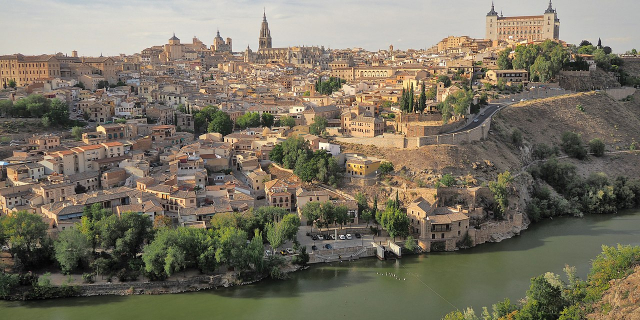




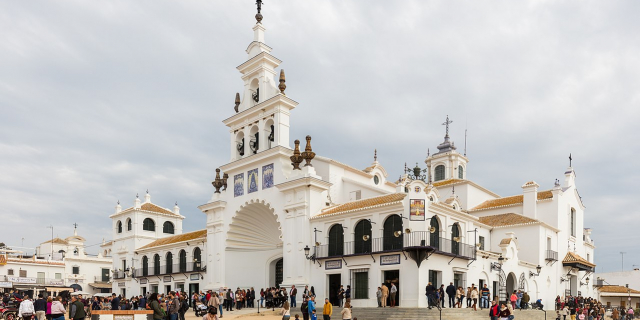




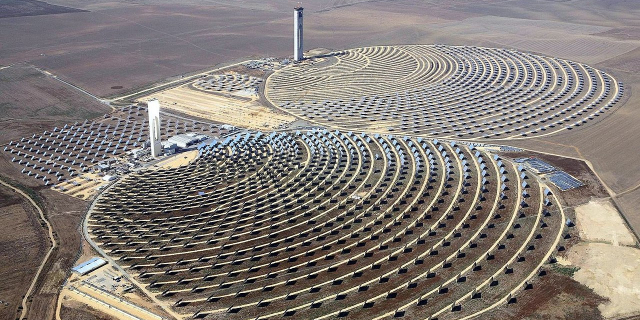

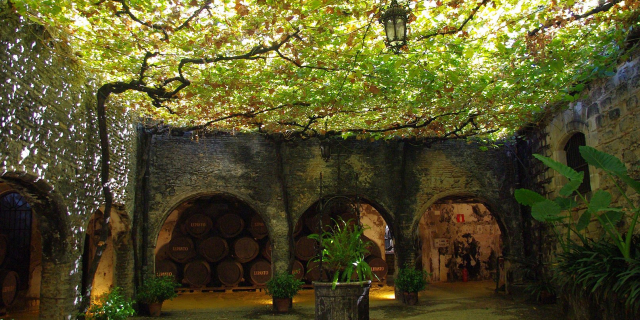
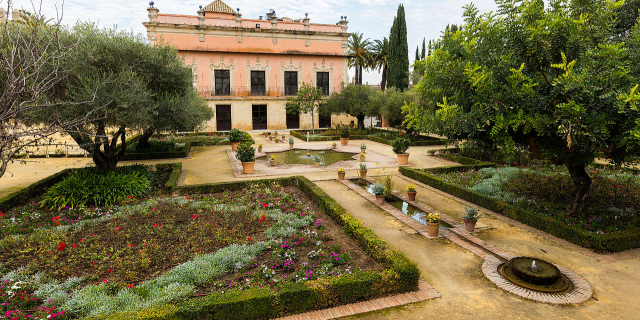

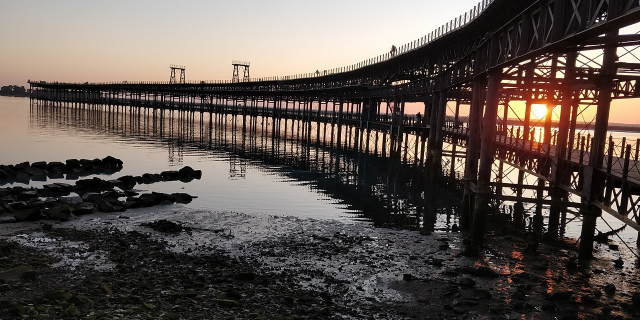





















Add new comment